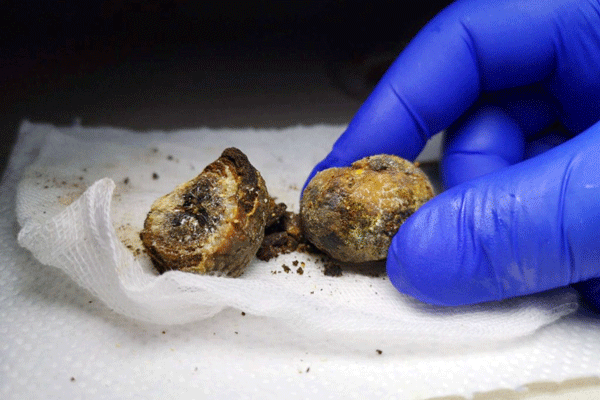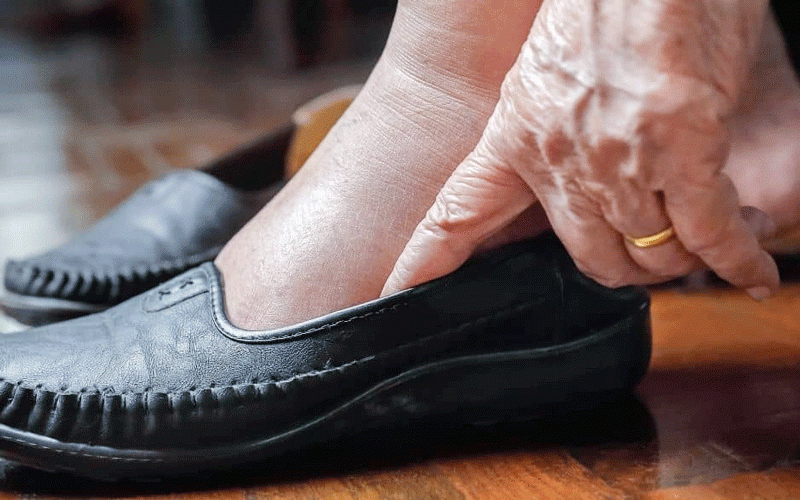
Covid-19 continues to torment the world today with daily global cases now surpassing 500 000 and daily deaths circulating around 7 000. During the peak period of Covid-19 fear between April and July 2020, it used to take four days in order to reach 100 000 cases. The increase in the number of cases shows the virus is still far from being over. Europe is in trouble with the second wave with the United Kingdom, France, Spain, Germany and Italy feeling the heat.
So many patients have been diagnosed of gallstones, but in most cases, the diagnosis is reached after a long time. The rural population that does not access radiological investigations is usually on the disadvantage.
Gallstones are hardened deposits of digestive fluid that can form in your gallbladder. Your gallbladder is a small, pear-shaped organ on the right side of your abdomen, just beneath the liver. The gallbladder holds a digestive fluid called bile that is released into your small intestine.
Gallstones range in size from as small as a grain of sand to as large as a golf ball. Some people develop just one gallstone while others develop many at the same time.
Symptoms
Gallstones may cause no symptoms or signs. If a gallstone lodges in a duct and causes a blockage, the resulting signs and symptoms may include: lSudden and rapidly intensifying pain in the right upper portion of your abdomen.
lSudden and rapidly intensifying pain in the centre of your abdomen, just below your breastbone.
lBack pain between your shoulder blades.
- Chamisa under fire over US$120K donation
- Mavhunga puts DeMbare into Chibuku quarterfinals
- Pension funds bet on Cabora Bassa oilfields
- Councils defy govt fire tender directive
Keep Reading
lPain in your right shoulder.
lNausea and vomiting.
Gallstone pain may last several minutes to a few hours.
Risk factors
There are many factors which can predispose one to develop gallstones. The following are some of them: lBeing female. lBeing age 40 or older. lBeing fatty, overweight or obese. lBeing pregnant. lEating a high fatty diet. lEating a high cholesterol diet. lEating a low fibre diet. lHaving a family history of gallstones. lHaving certain blood disorders such as sickle cell anaemia or leukemia.
Causes
It is not clear what causes gallstones to form, but researchers have suggested the following:
Bile that contains too much cholesterol: If your liver excretes more cholesterol than your bile can dissolve, the excess cholesterol may form into crystals and eventually into stones.
Bile that contains too much bilirubin: Certain conditions cause your liver to make too much bilirubin, including liver cirrhosis, biliary tract infections and certain blood disorders.
Gallbladder does not empty correctly: If your gallbladder does not empty completely or often enough, bile may become concentrated, contributing to the formation of gallstones.
Complications
Some problems can arise as a result of gallstones. The following can be some of them:
Gallbladder inflammation: A gallstone that becomes lodged in the neck of the gallbladder can cause inflammation of the gallbladder (cholecystitis). Cholecystitis can cause severe pain and fever.
Blockage of the common bile duct: Gallstones can block the ducts through which bile flows from your gallbladder or liver to your small intestine. Severe pain, jaundice, dark-coloured urine, pale stool and bile duct infection can result.
Blockage of the pancreatic duct: A gallstone can cause blockage in the pancreatic duct, which can lead to inflammation of the pancreas. Pancreatitis causes intense, constant abdominal pain and usually requires hospitalisation.
Prevention
You can reduce the risk of gallstones if you:
Do not skip meals: Try to stick to your usual meal times daily. Skipping meals or fasting can increase the risk of gallstones.
Lose weight slowly: If you want to lose weight, do so slowly. Rapid weight loss can increase the risk of gallstones.
Eat more high fibre foods: Include more fibre-rich foods in your diet such as fruits, vegetables or whole grains.
Maintain a healthy weight: Work to achieve a healthy weight by reducing the number of calories you eat and increase the amount of physical activity you get. Diagnosis
Tests and procedures used to diagnose gallstones and complications include the following:
Blood check: Do blood for liver function tests
Abdominal ultrasound scan: Very common test to look at the gallbladder. Can locate the gallstones
Endoscopic ultrasound: Can be used to identify smaller stones that may be missed on an abdominal ultrasound.
Other imaging tests: Additional tests include oral cholecystography, hepatobiliary iminodiacetic acid scan, and computed tomography scan.
Treatment
For those without symptoms, a patient can stay without treatment.
However, some patients opt for the removal of the gallbladder (cholecystectomy). This is an operation done by general surgeons.
lDr Johannes Marisa is a medical practitioner and a public health practitioner who can be accessed on: [email protected]











